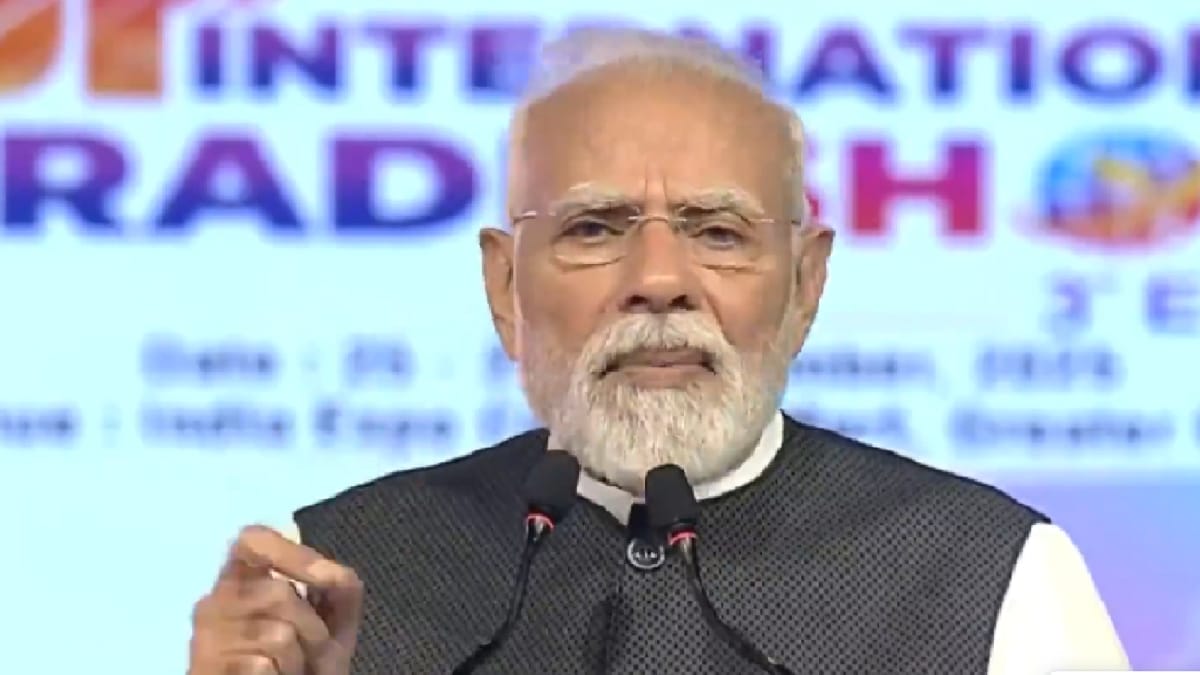Last Updated:
A string of cloudy days may look harmless, but it robs the body of natural vitamin D and chips away mental health. What does this mean for Indians living under permanent drizzle?

When skies stay grey, the body’s internal clock becomes confused, leading to sluggishness, poor sleep, and in some cases, seasonal affective disorder. (Image: Representative)
For weeks now, Bengaluru has been waking up to the same sky: grey, heavy with clouds, and stingy with sunlight. Pune and Shillong have seen similar stretches of dreary weather. This isn’t unusual for a monsoon season, but what makes 2025 remarkable is the sheer persistence of cloud cover.
Meteorological reports show Bengaluru clocking over 65 percent of days since June with dense cloudiness, Pune around 60 percent, and Shillong nearly 80 percent. The city that was once called the “Garden City” for its balance of rain and sun has, in effect, become a “No-Sun City.”
Recommended Stories
While locals sigh about laundry that won’t dry and selfies without golden-hour light, health experts warn of subtler consequences. A string of cloudy days may look harmless, but it robs the body of natural vitamin D and chips away at mental health. What does this really mean for urban Indians living under permanent drizzle?
Vitamin D: The Sunshine Nutrient That’s Missing
Vitamin D is sometimes called the “sunshine vitamin” because the skin produces it when exposed to ultraviolet B (UVB) rays. In India, sunlight is considered abundant, so vitamin D deficiency has long been dismissed as a problem of colder countries.
Yet, multiple studies by the Indian Council of Medical Research and AIIMS have found that nearly 70 to 80 percent of urban Indians are already vitamin D deficient. This is due to indoor lifestyles, pollution blocking UVB, and limited outdoor activity.
Now add extended cloud cover to the mix. Thick monsoon clouds filter out most UVB rays, cutting skin’s ability to produce vitamin D even when you step outside. In cities like Bengaluru, the usual 20–30 minutes of daily sun exposure may drop to nearly zero effective UVB absorption for weeks at a time. That means bones, muscles, and immunity take a silent hit.
Doctors point out that vitamin D deficiency does not cause immediate illness but manifests in fatigue, weakened bones, muscle pain, frequent colds, and long-term risks like osteoporosis. For children, chronic deficiency can impact growth, and for older adults, it raises fracture risks.
Mood Under Clouds: The Psychology of Grey Skies
The lack of sunlight is not just a biological problem. Sunlight plays a direct role in regulating serotonin and melatonin, the brain’s mood and sleep chemicals. When skies stay grey, the body’s internal clock becomes confused, leading to sluggishness, poor sleep, and in some cases, seasonal affective disorder (SAD).
While SAD is more commonly studied in northern Europe and North America, Indian psychiatrists are beginning to observe milder versions in places like Shillong and Bengaluru.
Patients report irritability, oversleeping, craving carbohydrate-heavy foods, and a sense of “mental fog.” In Pune, counselors say college students have been reporting dips in concentration and motivation during the extended cloudy stretch.
The psychology is simple: sunlight cues the brain to feel awake and alert. Without it, people feel like their day never really begins. Combined with traffic, work pressure, and city noise, cloudy weather can make cities feel claustrophobic and emotionally draining.
Why Are These Cities Cloudier Than Before?
Bengaluru’s cloudy spell is linked to both the southwest and northeast monsoon interactions. Weather scientists note that in recent years, climate change has intensified cloud formation and extended rainy seasons across peninsular India. Increased moisture from the Arabian Sea and Bay of Bengal, combined with heat islands created by expanding cities, contribute to thicker cloud bands.
Shillong’s geography, perched in the Meghalaya hills and known for Cherrapunji’s rain records, naturally lends itself to long periods of cloudiness. But local weather data suggests 2025 has broken past averages, with cloud cover stretching almost continuously for months. Pune, situated on the leeward side of the Western Ghats, is usually drier than coastal cities, but this year has seen unseasonal western disturbances adding to the gloom.
Coping With the Cloud Cover: Small Solutions
Doctors in Bengaluru and Pune recommend a mix of lifestyle and diet adjustments to balance the deficit of sunshine.
- Vitamin D supplements: In prolonged cloudy conditions, doctors often advise supplementation after a blood test.
- Dietary changes: Fortified milk, eggs, mushrooms, and fatty fish can help raise vitamin D levels naturally.
- Morning exposure: Even on cloudy days, going outside in the early hours may allow some UV penetration, though not as effective as direct sun.
- Light therapy: Some urban clinics are experimenting with artificial light boxes to mimic natural daylight for those showing symptoms of SAD.
- Exercise: Regular activity helps offset mood dips, even indoors, by boosting endorphins.
Everyday Voices From No-Sun Cities
In Bengaluru’s Jayanagar, a retired teacher says she misses the “cheerfulness of morning sun” and feels unusually tired. In Pune, IT professionals complain of feeling trapped in an endless cycle of grey skies and fluorescent office lights.
Shillong’s shopkeepers joke that they can’t remember when they last saw a blue sky. These small anecdotes echo a larger truth: cloudy weather is shaping not just health, but the mood and identity of these cities.
The Larger Urban Picture
Extended cloudy stretches also affect practical life. Solar energy production dips, affecting rooftop panel owners. Clothes take days to dry, increasing dependence on electric dryers. Streets stay damp, breeding mosquitoes and increasing the risk of vector-borne diseases. For children, less outdoor playtime means less physical activity.
Urban planners are beginning to consider these changes when designing health programs and infrastructure. Public health departments are asked to monitor vitamin D deficiency more actively, while schools are being encouraged to add fortified meals in mid-day programs.
Lessons From Elsewhere
Countries like Japan, the UK, and Canada, which often face low sunlight, have long promoted fortified foods and awareness campaigns around vitamin D and mood health. India, despite being a tropical country, may need to adopt similar measures for its cloudy cities. Otherwise, assumptions about “sunny India” will continue to blind policymakers to a growing public health issue.
Life Under Grey Skies
For Bengaluru, Pune, and Shillong, the story of cloudy days is no longer just about weather—it is about biology, psychology, and urban living. The absence of sun shapes how people feel, work, and stay healthy. While a single grey morning may seem harmless, weeks and months of filtered skies accumulate consequences for bones, immunity, and mood.
The challenge for city residents is not to fear the clouds but to adapt to them. With smarter nutrition, supplements, awareness, and public health planning, India’s “No-Sun Cities” can learn to live under the clouds without letting them dim their collective energy.
October 01, 2025, 10:51 IST
Loading comments…
Scan the QR code to download the News18 app and enjoy a seamless news experience anytime, anywhere
Go to Source
Author: News18



